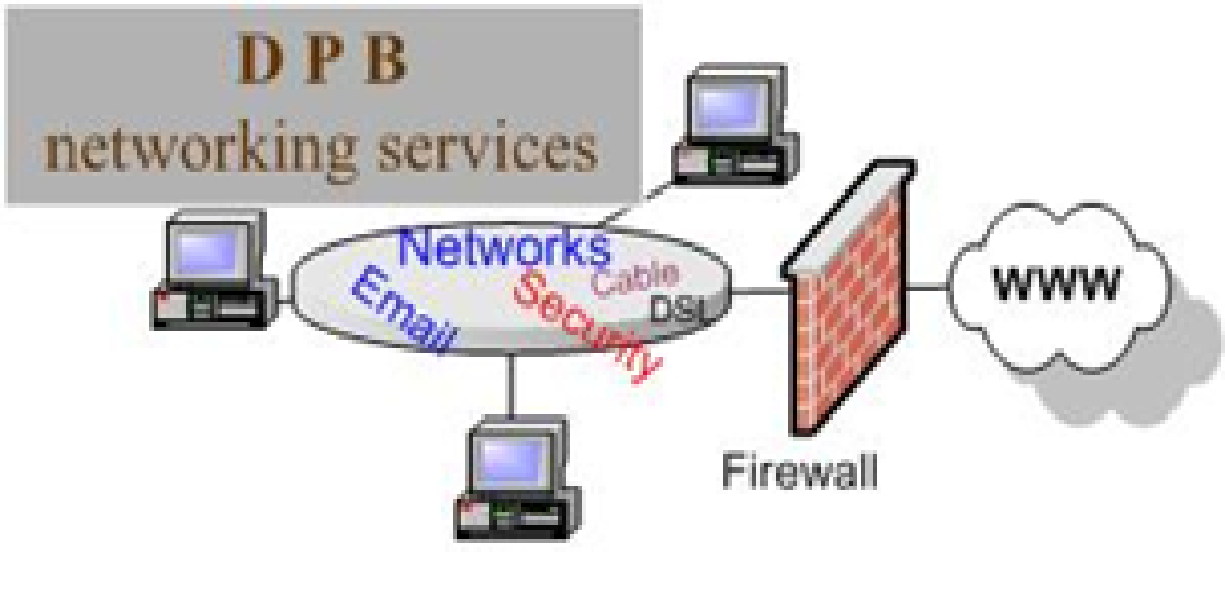Payment processing is a major component of maintaining a successful law firm. Yet, many firms feel ill-equipped to handle the frequent difficulties and roadblocks that frustrate their payment processing procedures. While there may be many reasons for these complications, one of the most common lies in the law firm’s choice of payment processing systems.
Unfortunately, many law firm leaders and administrators fail to conduct adequate research when considering their payment processing options. Instead, they may choose an older system without regard to new innovations and technologies. Alternatively, they may choose a system based on name recognition without fully researching its pros and cons. This misguided decision-making can leave a firm extremely vulnerable to expensive and potentially harmful payment processing challenges.
This post will examine some of these common challenges and steps your law firm can take to overcome them.
Common Legal Payment Processing Challenges
First, let’s look at two common obstacles faced by law firms in their payment processing procedures.
- Pricing and Fees – Many law firms use the legal payment processing options that are offered through their high-priced legal billing systems, which can make their payment processing costs considerably higher than necessary. In addition, these systems may charge firms additional fees for the ability to accept certain types of payments. For example, some payment processing platforms charge a 1.5% processing fee for each credit card transaction. This means that the more money earned by the law firm for a matter, the more it will cost to process the client’s payment.
- Usability – Law firm employees must be able to use the payment processing method in order for it to be an effective tool. Oftentimes, these systems require either the staff member or the client to take numerous steps when trying to complete the payment process. From the staff perspective, this wastes valuable time. Every minute spent processing payments is a minute not spent handling more profitable tasks. In addition, it is never a good idea to have unpaid invoices sitting for long periods of time. This a recipe for high accounts receivable (AR), which can lead to significant financial problems for a firm. Law firms need the ability to process payments easily and quickly in order to keep AR as low as possible. From a client’s perspective, they want the ease of use when making payments to your firm. They do not want to visit several websites or enter their information multiple times. They also do not appreciate payment links that do not work. If a process is too difficult or cumbersome, firm clients will quickly become dissatisfied and may even refuse to use it.
- Noncompliance – Law firms must follow their state’s rules and guidelines when processing payments. Depending on the location, a firm may have restrictions on credit payment fees or regulations regarding client trust account payments.
Far too often, law firm leaders choose systems that are not specifically geared towards the legal industry, so they do not have these special considerations built into their platforms. This only creates more work for firm members, requiring them to find workarounds or perform extra calculations to ensure that the firm remains in compliance.
Overcoming the Challenges
Tip #1 Do your Research
Don’t make such an important decision based on someone else’s choice for their firm. Take the time to do your own research. Some of the most popular legal payment processing options either have poor reviews or do not offer the most up-to-date features to help your law firm master its payment processing needs. Look at testimonials and compare features. The time spent researching can mean the difference between efficient payment processing and a pile of unpaid invoices.
Tip #2 Check out the Integrations
Ideally, you want a payment processing system that integrates with a quality legal billing system, which will allow your law firm to create a seamless billing and payment process. With the proper integration, your firm can quickly and easily collect, record, and allocate payments, resulting in lower AR and higher cash flow.
TimeSolv legal billing software offers its users TimeSolvPay, a credit card and ACH processing procedure that is built right into the platform. Your firm can securely store client payment methods and accept both credit card and ACH payments online or in person. TimeSolv’s payment processing feature even allows your firm to run hundreds of payments on your schedule with one click of the mouse.
Tip #3 Examine the Costs
Not all payment processing systems require percentage-based transaction fees. Look for a system that offers a flat fee option where your firm pays a standard rate regardless of the payment type. Also, be careful of high monthly subscription fees or extra costs that can add to the expense of accepting electronic payments.
Tip #4 Make Compliance Easier
Choose a payment processing platform that specifically caters to law firms and the legal community. A system that includes built-in capabilities for managing trust payments, accounts, and disbursements can save your firm members substantial amounts of time while also providing you with the assurance that your firm is processing payments in compliance with your state rules.
Tip #5 Check Out the Features
When choosing a payment processing system, look for such useful and time-saving features as:
- Credit Card Payment Processing
- Payment Plan Capabilities
- IOLTA Trust Accounting
- Recurring Billing Options
- Practice Management Software Integrations
- PCI Compliance
- ACH and eCheck Payment Capabilities
Tip # 6 Consider the Support
You do not have time to figure out a difficult payment processing system. Do your homework to choose a program that offers adequate education, training, and real-time support. For example, does the provider offer any online videos or tutorials for firm members to access? What about one-on-one training opportunities? Without proper training and support, you may end up with a useless payment processing system. So, take the time to research now in order to benefit from top-notch support offerings later.
Make the Transition to Start Processing Your Law Firm Payments the Right Way
If your law firm is currently dealing with the frustrations and challenges of an inadequate payment processing system, there is no need to stay in your dissatisfaction. Do the research now and make the transition to a system that offers the features and tools you need to process client payments affordably and efficiently. These six valuable and realistic tips can immediately alleviate the pain of payment processing within your law firm so you can do it in the right way moving forward.
To learn more about TimeSolvPay, click this website link.
















